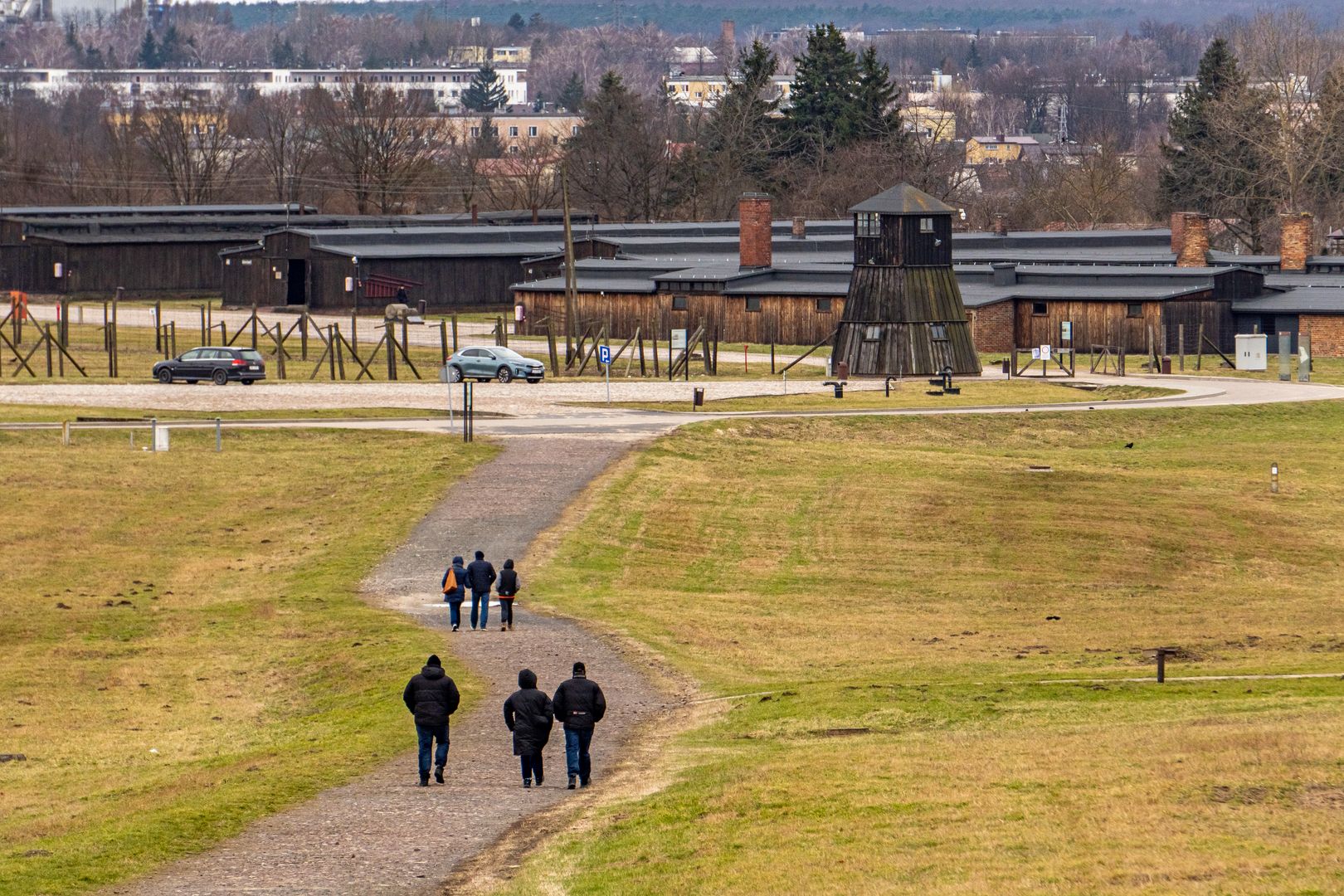State Museum at Majdanek
7.04

Overview
The State Museum at Majdanek, established in 1944 on the site of the former Nazi concentration camp KL Lublin, is a martyrological institution subordinate to the Ministry of Culture and National Heritage. The museum covers approximately 90 hectares and includes partially preserved camp infrastructure, such as bathhouses with gas chambers and crematoria. An important element is the Monument to Struggle and Martyrdom, designed by Wiktor Tołkin. The museum conducts exhibition, educational, and scientific activities, with a rich archival and museum collection, including over 180 linear meters of documents. The history of the museum dates back to its early years of operation, when efforts focused on the conservation of objects and the gathering of documents. In 1945, the first permanent exhibition was opened, and in subsequent years, Majdanek Week was organized to emphasize the memory of the victims. During the 1950s and 1960s, the museum intensified its promotional activities by organizing lectures and traveling exhibitions. Close contacts with former prisoners led to numerous scientific sessions and the recording of their testimonies. The museum was visited by Pope John Paul II, which was a significant event both for the institution and the region. The museum also oversees the extermination camps in Bełżec and Sobibór, and its scientific work covers various topics, including the Holocaust. An interesting aspect is the so-called "beautification of the camp" action in 1943, which aimed to create the illusion of better living conditions for prisoners before an inspection by the Red Cross. As part of this effort, the monumental Column of Three Eagles was erected as a tribute to the victims of the camp. A fire in 2010 burned over seven thousand pairs of shoes belonging to former prisoners, which was seen as a symbolic destruction of the memory of the victims. The museum attracts numerous visitors, with around 240,000 in 2017, including a significant percentage of foreigners. In 2009, it was awarded the Gold Medal for Merit to Culture "Gloria Artis," highlighting its importance in Polish culture and history.
Location
Tickets
Powered by GetYourGuide
2025 Wizytor | All Rights Reserved